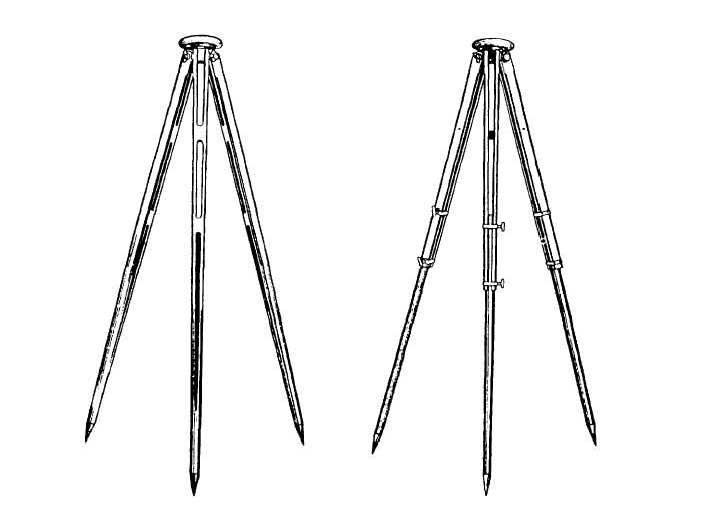CHAPTER 5 LEVELING AND GRADING
This chapter describes the common types of leveling instruments. It also describes their principles, uses, procedures of establishing elevations, and techniques of laying outbuilding lines. As a Builder, you will find the information especially useful in performing such duties as setting up a level, reading a leveling rod, interpreting and setting grade stakes, and setting batterboards. Also included in this chapter are practices and measures that help prevent slides and cave-ins at excavation sites, and the procedures for computing volume of land mass.
LEVELS
LEARNING OBJECTIVE: Upon completing
this section, you should be able to describe the
types of leveling instruments and their uses.
The engineer's level, often referred to as the "dumpy level," is the instrument most commonly used to attain the level line of sight required for differential leveling (defined later). The dumpy level and the self-leveling level can be mounted for use on a tripod, usually with adjustable legs (figure 5-1).

Figure 5-1. - Tripods.
Continue Reading